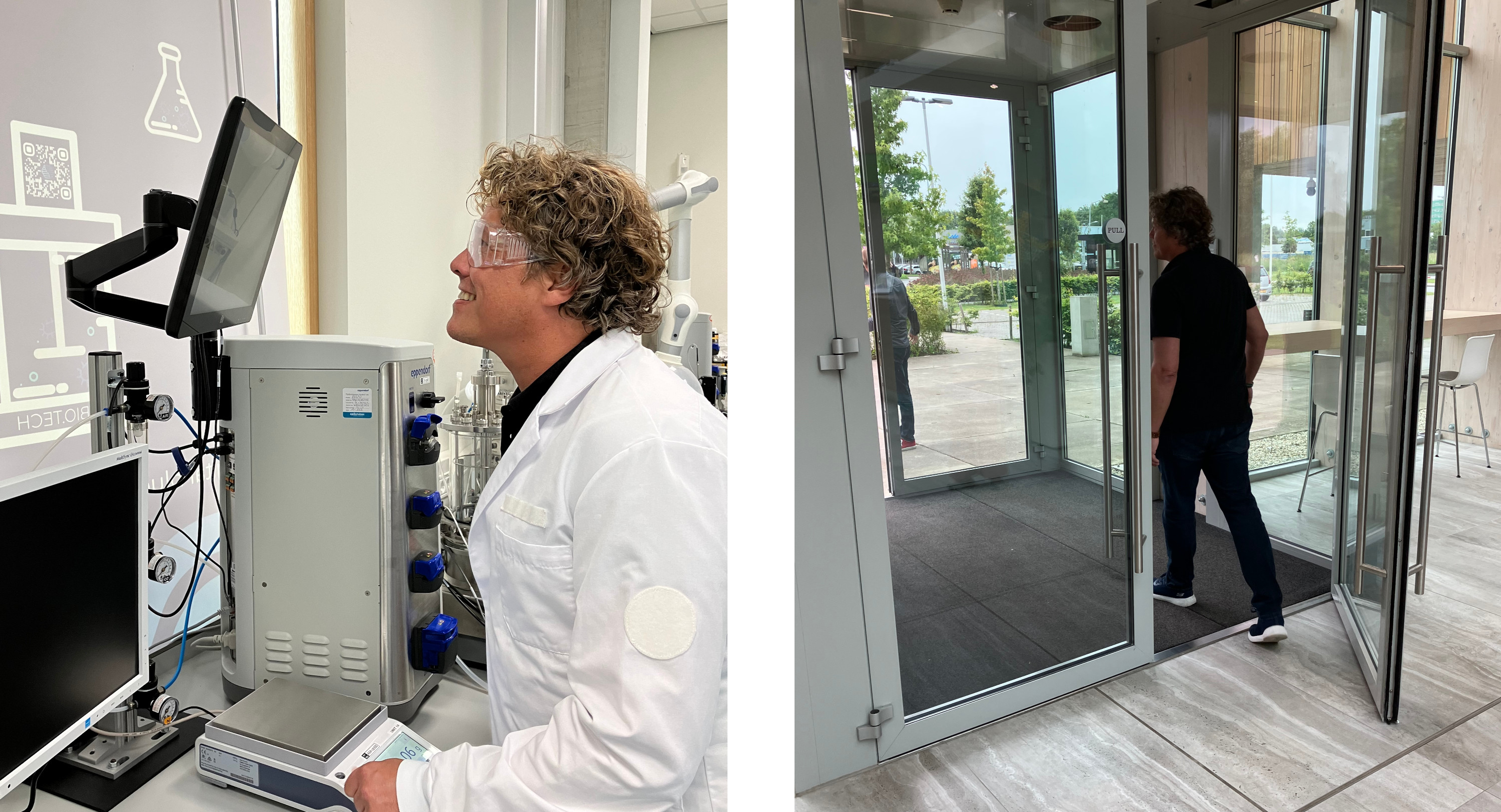2 Know-how and trade secrets
2.1 Introduction
Know-how and trade secrets are important assets for companies and public research institutes.
Many entrepreneurs consider know-how as one of the most valuable assets of their company. Hence and although know-how is not a IP right as such we will go into know-how in this chapter.
2.2 What is know-how?
Know-how is defined by certain knowledge and skill set obtained by a limited number of specific persons involved in manufacturing, marketing and sales processes of an organisation. By its very nature know-how is not accessible freely or without certain limitations to third parties and persons.
General knowledge in textbooks available to everybody is not considered know-how. See for an example of this definition of know-how Nieuwenhoven Helbach, Huydecoper, and Nispen (2002) chapter 5 (in Dutch).
In this context, third parties can be defined as organisations or persons who do not have access to certain know-how. In general very few persons within an organisation have access to specific know-how. Third parties and outsiders will always have to invest considerable time and resources to build up comparable know-how. As such, we conclude that know-how in an organisation is kept secret from third parties.
It is evident that persons must possess certain kills and knowledge in order to fulfill certain processes and tasks, for example the design and assembly of a product, the draft of an algorithm, the acquisition and analysis of data. Therefore know-how consists of the combination of technical skills, the processing of information thereby using technical knowledge. Besides, non-technical knowledge like market data, marketing techniques, information about rules and regulations within a political context, data about relations and networks are also part of the know-how of organisations.
Investments in research and development contribute to the formation of valuable know-how, as well as working experience of and technical courses for personnel. In this case the acquisition and storage of information like technical data, equations, standards, specifications, processes, methods, recipes, drawings and their use by professional personnel.
2.3 Using know-how
Many corporations, public research institutes and multinationals have a division with IP specialists or in house council. They make sure that procedures, certain rules and codes of conduct concerning IP and know-how are in place and will be followed upon. Such procedures and conduct are often mentioned explicitly in labor contracts. An example of this is a non-disclosure clause.
But also at small and medium sized enterprises or startup companies without in house IP specialists or council it is important to implement internal procedures and codes of conduct to deal with IP and know-how. For those companies which supply parts, products or processes in a supply chain these procedures and codes of conduct are even more important. Without them such companies may run the risk that employees share too much essential know-how with customers or clients.
2.3.1 Using know-how by the company itself
The use of IP rights enable companies to have a positive return on investment in their research, development, marketing and manufacturing with a healthy commercial margin. On top of this, it is important to realise that the combined use of know-how and patents contribute to the successful introduction of technical innovations in the marketplace. In this process know-how of specialists is essential to deliver products and services to customers and clients. In the economic domain the concepts and use of know-how and patents show a striking number of resemblance. Both are a source of (technical) knowledge enabling the owner and user to use technical capacities and developments and thereby a head start or lead advantage which is not available to competitors. The owner of the know-how can exploit this technological advantage in the marketplace, for example in certain manufacturing processes.
2.3.2 Using know-how by third parties
Many companies do not have manufacturing plants in all countries over the globe. In those countries where there is an outlet for their products or services but where they are not operational themselves in terms of manufacturing, marketing and sales it may be profitable to act as a licensor and work with license agreements. These license agreements are often struck for both patents as well as for know-how. The temporary, exclusive nature of patents provide either the patentee or the patent licensee protection against infringement by competitors. On the other hand, license agreements between the licensor and licensee determine the scope and field of use, geographical area, region or country, time frame in years and royalties or milestones to be paid.
2.4 Rules and regulations
Rules and regulations for know-how can be found in the EU directive 2016/943 and in the Dutch Act of Trade secret protection.
This act rules the protection against unlawful public use of know-how and business information. This combination of know-how and business information is often defined as trade secrets.
According to the act and the directive a company or organisation must comply to certain conditions with regard to the information which:
- is kept secret because it is not common knowledge or accessible by third parties,
- has value in relationship with the trade or transactions of the company or organisation, and
- is kept secret by the company or organisation by means of certain measures (for example a registration system and limited accessible for persons only on a need to know basis).
All in all it must be clear that know-how is a personalized asset. At the end of a labor contract the know-how does not automatically disappear (see figure 5). This situation raises the question if know-how can be claimed by the employer at all?
